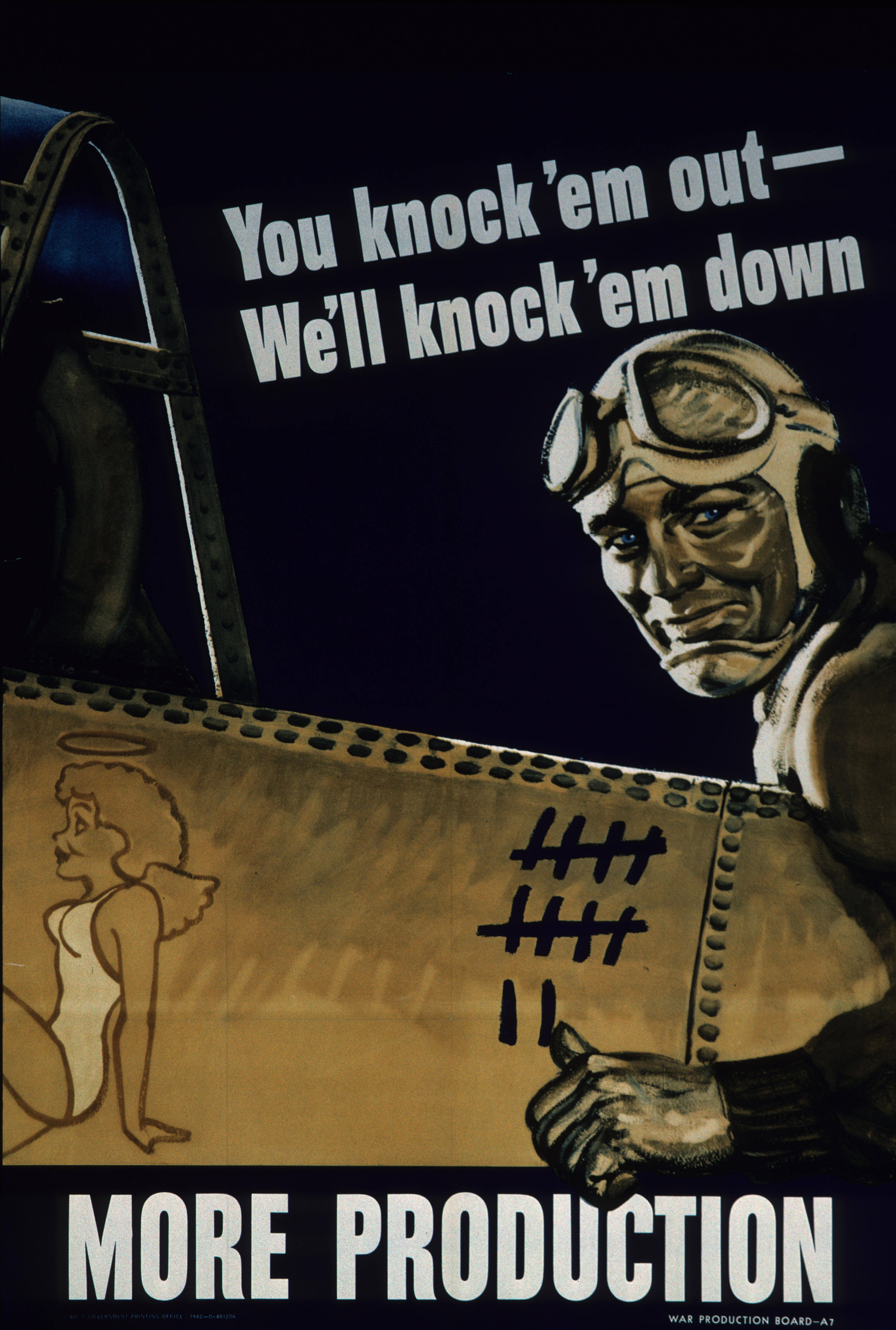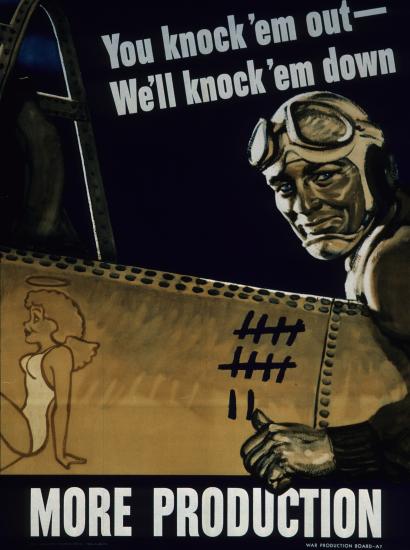The People’s Republic of China is in the midst of the fastest military buildup since the Second World War.
Expect the rapid expansion to continue. China’s regime is building an industrial base that will sustain the growth. For instance, Chinese shipyards, according to the U.S. Navy’s Office of Naval Intelligence, now have a capacity more than 232 times greater than America’s.
Once, the People’s Liberation Army was land-based and relied on a “Stalin-like strategy of weight in numbers.” Now, the military is still the world’s largest, but it is also agile and built around a navy and air force able to project power far from China’s shores and even in the heavens.
For more than a decade, Xi Jinping, the Communist Party’s general secretary and also chair of its Central Military Commission, has accelerated the modernization push. Today, his effort to strengthen an already fearsome-looking military is nothing short of an all-of-society campaign.
China’s military-industrial complex, Richard Fisher of the Maryland-based International Assessment and Strategy Center told me this March, is comprised of thousands of companies, some state-owned and others private.
Fisher was talking about only companies overtly military in orientation. In a broader sense, the military-industrial complex includes all of Chinese society.
The Communist Party of China considers the People’s Republic to be totalitarian in nature, seeing the country as a single entity with all components owing “absolute” loyalty to itself. It should come as no surprise, then, that Xi Jinping enforces a doctrine once called “civil-military fusion” but now known as “military-civil fusion.” In short, in Xi’s China, every individual, company, enterprise, university, and institution must hand over to the military whatever the generals and admirals think they need.
China’s procurement effort, therefore, is nothing if not comprehensive. Xi, among other things, is mobilizing China’s civilian companies. In 2022, a Chinese factory owner making medical equipment for consumers told me that local officials had demanded he convert his production lines in China to make items for the military. Communist Party cadres were issuing similar orders to other manufacturers. The Party, this entrepreneur said, was now operating once privately owned factories because owners fled China, not wanting to stick around for “Xi Jinping’s war.”
Xi, to support modernization of the People’s Army, has been transforming the Chinese political system to achieve what the Financial Times called his “Dream of a Chinese Military-Industrial Complex.” At the Communist Party’s 20th National Congress in October 2022, he engineered “unprecedented” promotions for “a new group of political leaders in the top echelons of power” who did not have “the usual careers in provincial government or Communist Party administration.” Instead, the new group had “deep experience in China’s military-industrial complex.”
Since then, the new leaders have solidified the military’s hold over the Chinese regime. This disturbing trend is evident in increasing spending on the PLA.
That spending is gobbling up resources. In his most recent Work Report, released this March at the annual meeting of the National People’s Congress, Premier Li Qiang announced an increase of general public expenditures of 4.0% for this year. Li also set a GDP growth target of “around 5%,” but the economy will undoubtedly grow far slower than that. At the same time, Beijing announced the military’s budget would jump 7.2%.
In all probability, actual military spending will outstrip public expenditures and economic growth by margins far larger than reported in March.
Xi’s procurement strategy is to buy as much as possible as soon as possible. Critics have noticed. They point out that Xi’s spending is straining China’s resources in much the same way that large military budgets strained the finances of the Soviet Union. They also think Xi’s procurement strategies appear designed to solidify his position in the Communist Party, and observers note his accelerated spending pace has resulted in procurement problems of all sorts.
For instance, General He Weidong, the second-ranked vice chairman of the Central Military Commission and China’s No. 3 military official, in March railed against “fake combat capabilities.” Hong Kong’s South China Morning Post reports that He, whose words were somewhat ambiguous, appeared to target corruption in the procurement of military equipment.
There has been this year widespread publicity about this very ill. For instance, in January Bloomberg News reported that the fuel tanks of China’s missiles were, due to rampant corruption, filled with water instead of propellant. Some believe flagrant corruption led Xi Jinping to purge scores of officers in the Rocket Force, the branch of the Chinese military responsible for most of the country’s nuclear weapons, in the second half of last year. Moreover, Xi sacked Defense Minister General Li Shangfu, whom he had hand-picked just months before, apparently over corruption concerns.
These revelations lead to questions: Is Xi Jinping’s military procurement strategy as successful as it appears? And, more important, is his breakneck pace of procurement undermining the military’s readiness to fight?
Outsiders do not know the answer to these questions, but Xi apparently thinks his military is big enough. He may not yet have made the decision to go to war, but his belligerent actions show he has made the decision to risk war.
And he now has a military to wage one.

















